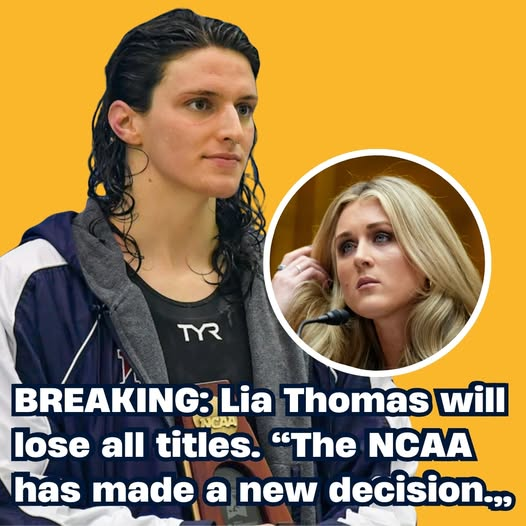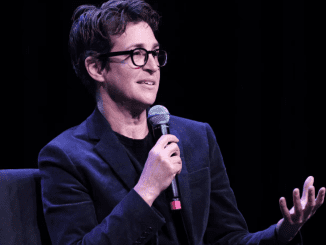
In a monumental shift for collegiate athletics, the National Collegiate Athletic Association (NCAA) and the nation’s five largest conferences have agreed to a nearly $2.8 billion settlement to resolve longstanding antitrust claims. This decision sets the stage for a groundbreaking revenue-sharing model that could direct millions of dollars directly to student-athletes as early as the fall semester of 2025.
Details of the Settlement
The settlement aims to transform the financial landscape of college sports by:
- Compensating Athletes: Approximately 102,000 current and former student-athletes are poised to receive damages, marking a significant departure from traditional NCAA policies that restricted direct payments.
- Implementing Revenue Sharing: Beyond individual payouts, the agreement lays the groundwork for a revenue-sharing model where athletes could receive a portion of the revenues generated by their sports programs.
- Eliminating Scholarship Limits: The settlement proposes removing caps on scholarships, potentially increasing educational opportunities for student-athletes.
Implications for Institutions
While the settlement offers substantial benefits to athletes, it presents challenges for educational institutions:
- Financial and Operational Considerations: Schools must evaluate their capacity to participate in the revenue-sharing model, considering factors like Title IX compliance and the financial implications of compensating athletes. For instance, Siena College’s athletics department has expressed reservations about opting into the settlement due to these concerns.
- Compliance Requirements: Institutions that choose to participate will need to establish frameworks to ensure fair-market value analyses for NIL deals and maintain compliance with federal regulations.
Historical Context
This settlement is part of a broader movement challenging the NCAA’s traditional stance on amateurism:
- Supreme Court Ruling: In 2021, the Supreme Court ruled against the NCAA in NCAA v. Alston, stating that the organization’s restrictions on education-related benefits violated antitrust laws. Justice Brett Kavanaugh criticized the NCAA’s compensation model, asserting that it could not justify building a massive money-raising enterprise on the backs of student-athletes who are not fairly compensated.
- Evolving NIL Policies: Following the ruling, the NCAA adopted interim policies allowing athletes to profit from their Name, Image, and Likeness (NIL), signaling a shift toward greater athlete autonomy.
Looking Ahead
The final approval of the settlement is pending a federal judge’s review on April 7. If sanctioned, this agreement could usher in a new era in college athletics, redefining the relationship between student-athletes and the institutions they represent. While challenges remain in implementing these changes, the potential benefits for athletes and the evolution of collegiate sports are profound.
Conclusion
The NCAA’s decision to settle these antitrust claims represents a pivotal moment in the history of college athletics. By embracing a revenue-sharing model and compensating athletes more fairly, the organization acknowledges the need for reform and sets a precedent for the future of amateur sports in the United States.


